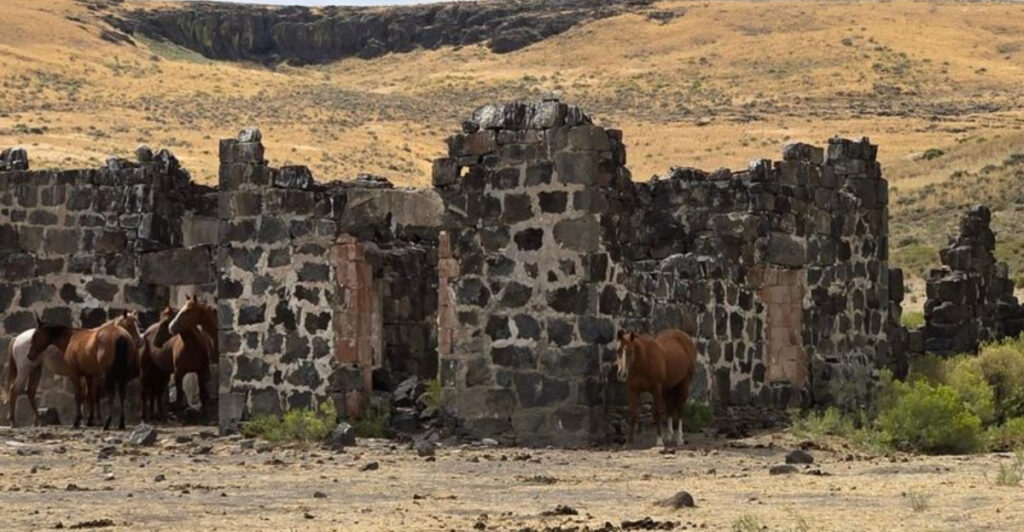Deep in Idaho’s rugged desert landscape lies Wickahoney, a forgotten ghost town that once buzzed with stagecoach activity and frontier life. This remote settlement served as a crucial link between Idaho and Nevada’s mining regions during the late 1800s and early 1900s. Today, only crumbling stone walls and scattered foundations remain, telling silent stories of the hardy settlers who called this desolate place home. Pack your sense of adventure and prepare to step back in time to discover the fascinating history of one of Idaho’s most isolated ghost towns.
1. Remote Desert Outpost in Harsh Wilderness
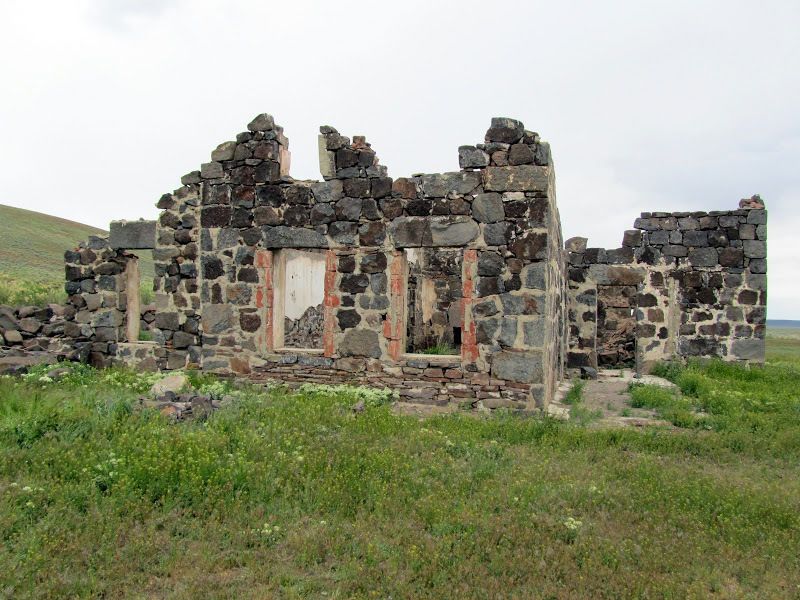
Wickahoney sits in southern Owyhee County, surrounded by endless sagebrush and high desert terrain that stretches to the horizon. The landscape here is unforgiving, with scorching summers and bitter winters that tested every soul who tried to make a living.
Canyon walls frame the desolate setting, creating a natural fortress of isolation. Wild winds sweep across the barren ground, carrying whispers of the past through the scattered ruins.
This harsh environment shaped the character of everyone who lived here, demanding resilience and determination just to survive another day in the wilderness.
2. Vital Stagecoach Connection Between Two States
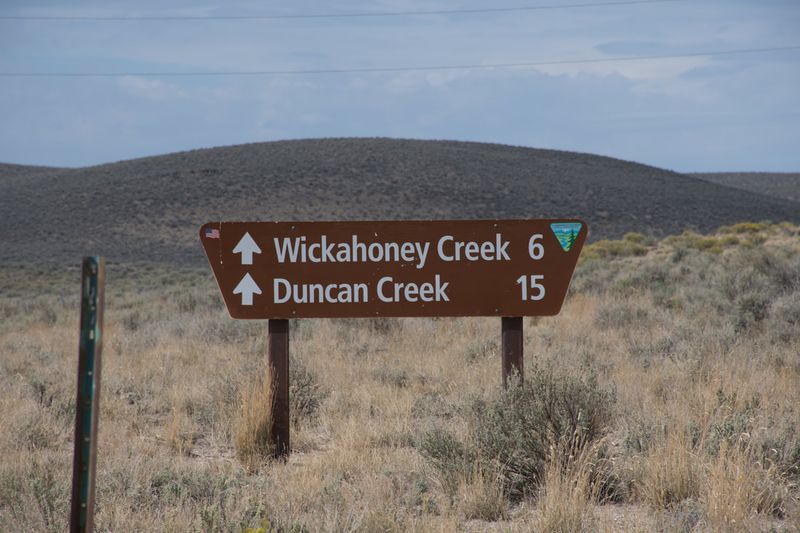
From 1895 to 1911, Wickahoney served as a lifeline connecting Mountain Home, Idaho, to Mountain City, Nevada. Dusty stagecoaches rumbled through regularly, carrying mail, supplies, and weary travelers across the challenging desert route.
The Dunning family established this crucial stop in 1887, recognizing the need for a reliable waystation. Their post office became the heartbeat of the community, linking isolated settlers to the outside world.
Nevada’s booming mining camps depended on this supply route, making Wickahoney an essential piece of the regional economy and communication network.
3. Impressive Lava Rock Architecture Still Standing
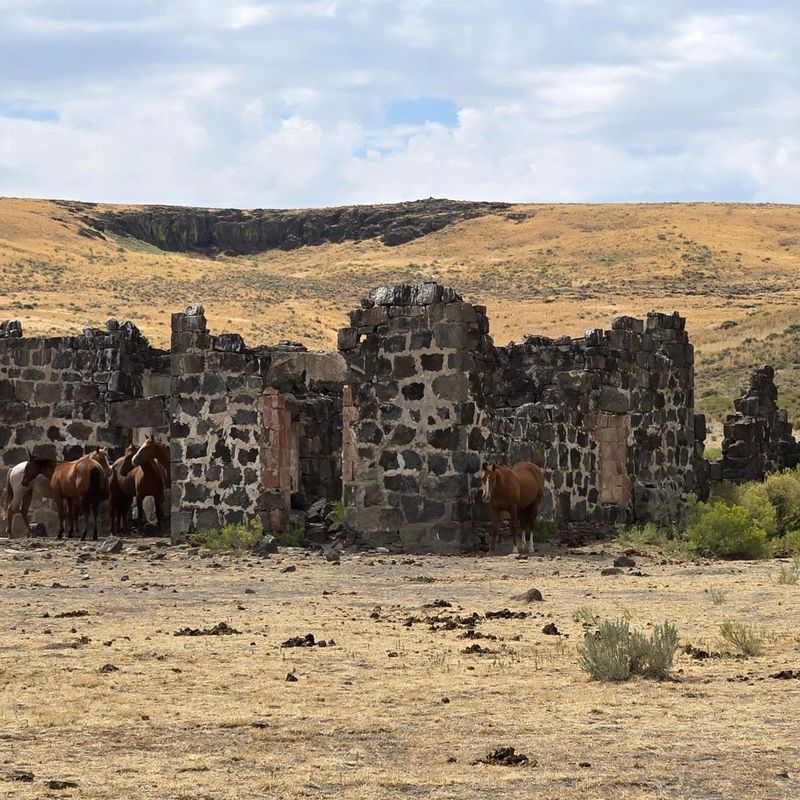
The standout feature of Wickahoney is its remarkable stage station, built from massive local lava rock blocks that have withstood over a century of desert weather. Originally, a wooden porch and seven-gabled shingle roof crowned this impressive two-story structure.
Eight rooms once filled the building, with a second-floor balcony offering views across the endless desert. The craftsmanship reflected the determination of frontier builders who created lasting monuments from available materials.
Though the roof and porch have long since crumbled away, those thick stone walls continue standing as silent guardians of history.
4. Official Recognition as Historic Treasure
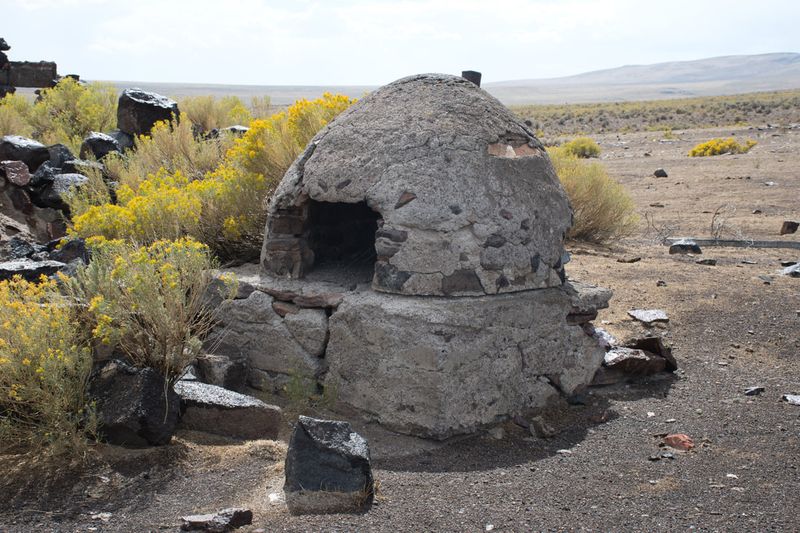
On May 27, 1982, the Wickahoney Post Office and Stage Station earned its place on the National Register of Historic Places. This official recognition protects the site’s historical significance for future generations to discover and appreciate.
The designation acknowledges Wickahoney’s important role in Idaho’s frontier development and transportation history. Federal protection helps ensure these fragile ruins won’t be lost to time or development.
Being listed means historians and archaeologists can study the site properly, preserving valuable insights about frontier life in the American West for educational purposes.
5. Haunting Atmosphere of Complete Abandonment
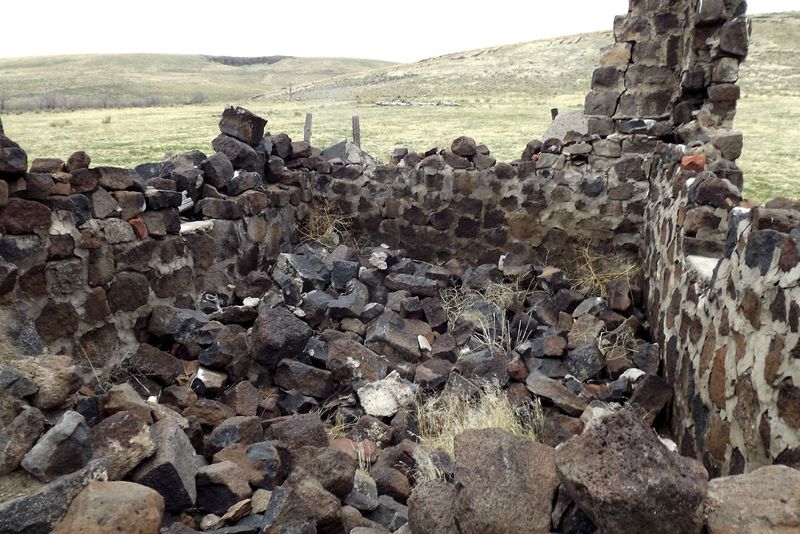
Walking through Wickahoney today feels like entering a time capsule where the clock stopped ticking decades ago. Partial stone walls rise from the desert floor like ancient monuments, surrounded by scattered foundations that hint at vanished buildings.
The profound silence is broken only by wind whistling through gaps in the masonry. No human voices echo here anymore, just the lonely cry of desert birds overhead.
This frozen-in-time quality creates an almost supernatural atmosphere that makes visitors feel like unexpected guests in a place where history still lingers in every shadow.
6. Challenging Journey on Remote Desert Roads
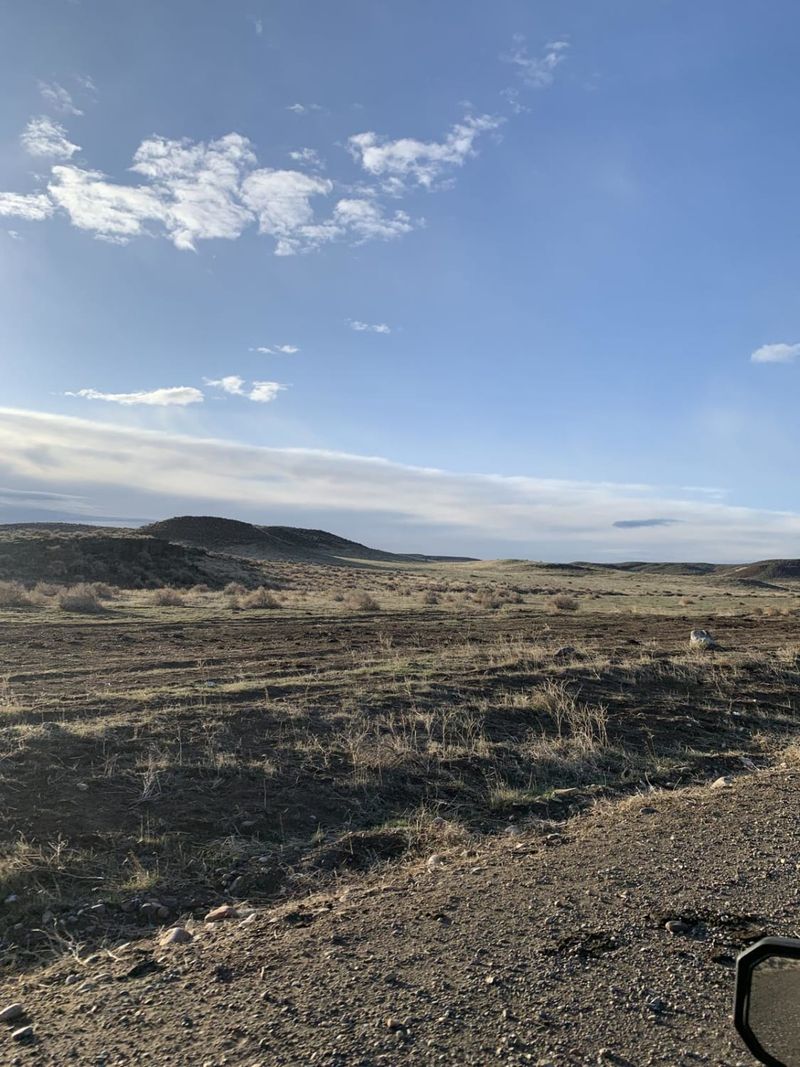
Reaching Wickahoney requires commitment and a reliable vehicle capable of handling rough terrain. Start by taking Highway 51 south from Bruneau for about 27 miles, then turn onto Battle Creek Road.
After seven miles on Battle Creek Road, continue another five miles on increasingly primitive dirt tracks. The final stretch tests both your vehicle and your determination to reach this remote destination.
High-clearance vehicles work best for this adventure, and bringing extra water, fuel, and emergency supplies is always wise when venturing into such isolated country.
7. Economic Decline and Historical Abandonment
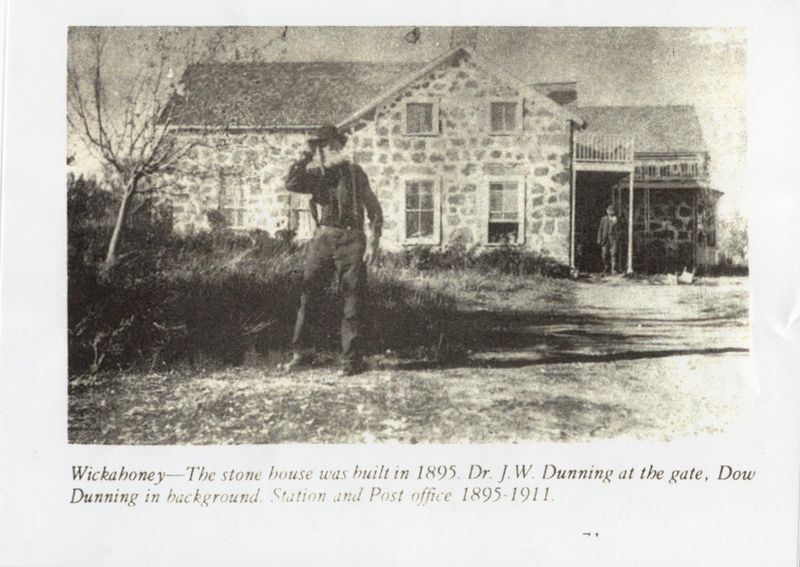
Wickahoney’s prosperity crumbled when a more efficient stagecoach route through Elko, Nevada, replaced the old Mountain Home to Mountain City connection. This shift in transportation patterns spelled doom for the isolated community.
The post office closed its doors for the final time in 1911, severing Wickahoney’s last official tie to civilization. Without mail service and stagecoach traffic, residents gradually drifted away to find opportunities elsewhere.
What had once been a thriving waystation became just another casualty of progress, abandoned to the desert winds and the relentless march of time.
8. Peaceful Solitude Under Endless Western Skies
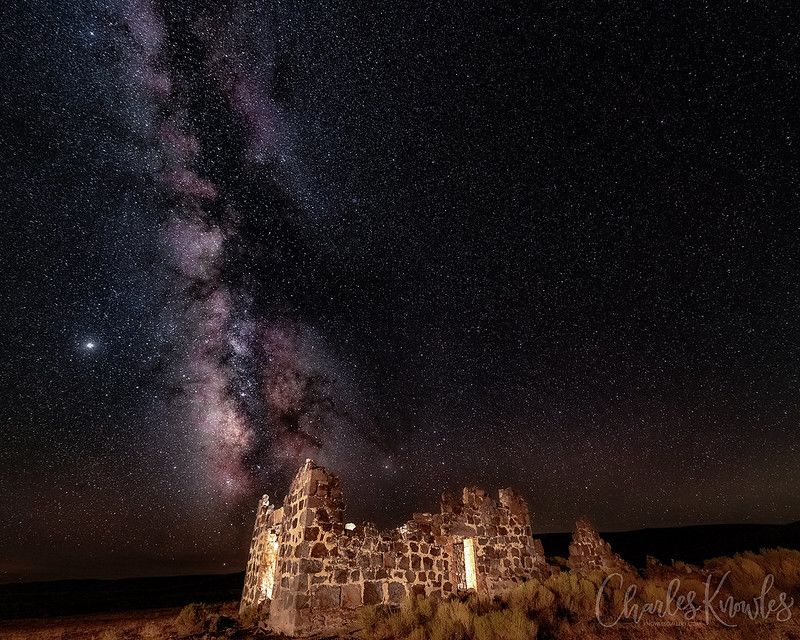
Today’s Wickahoney offers visitors something increasingly rare in our busy world: complete silence and uninterrupted solitude. The vast desert sky stretches endlessly overhead, painted in brilliant blues during the day and star-filled darkness at night.
Desert sun beats down mercilessly, just as it did when settlers struggled to build their lives here. The landscape remains unchanged, offering the same stark beauty that both challenged and inspired the original inhabitants.
This profound quiet allows modern visitors to connect with history in a deeply personal way, imagining the hopes and dreams of those who once called this desolate place home.

